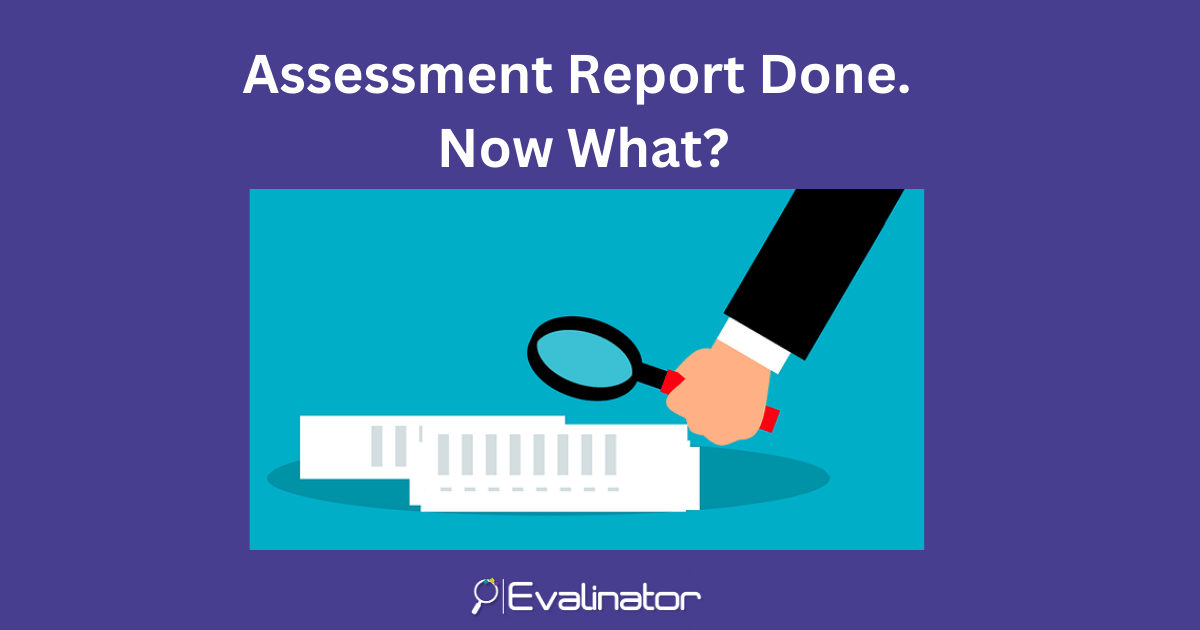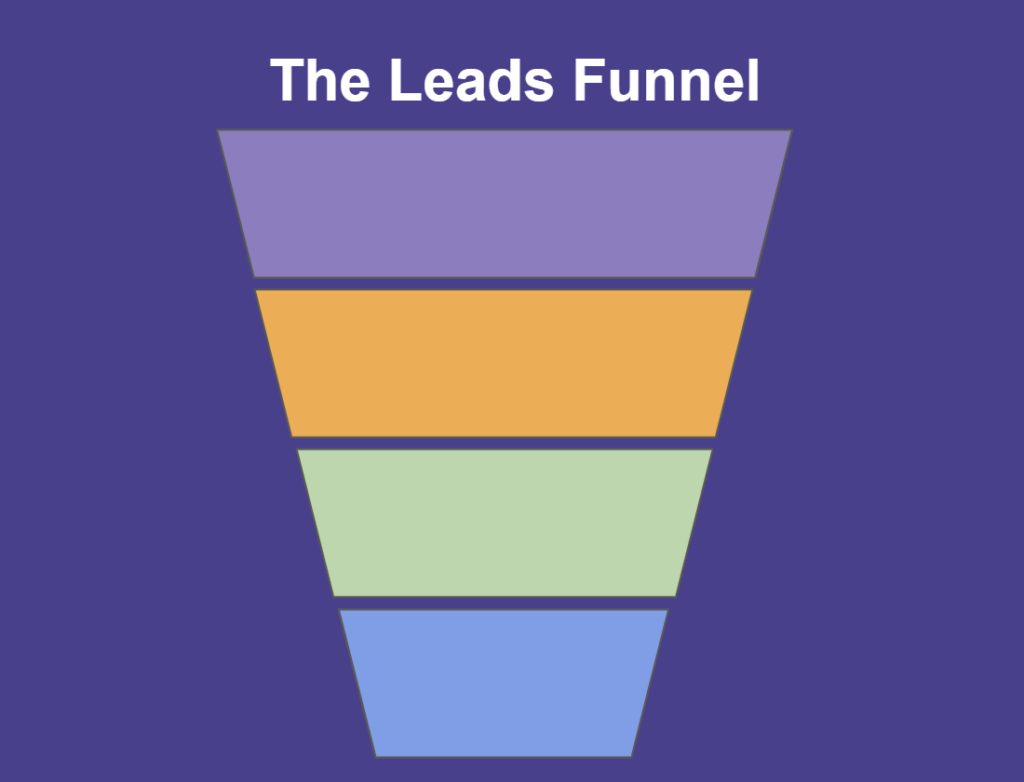


You’ve put in the effort to create a meaningful diagnostic assessment report which has led to a discovery session with your prospective client. It give them insights into where they stand and where they can improve.
Great win on lead generation!
What next?
For experts such as coaches and consultants, the report marks the beginning of the real engagement with a prospective client. This is when the sales process truly begins. The real value of an assessment comes from what happens after. A static report is just that – static.
Without your guidance, even a powerful Wheel of Life or an insightful business assessment risks being glanced at, misunderstood, or forgotten.
So, it is important to convert these insights into consistent lead nurturing and contracts that the clients are happy to sign. In this article we see how to use an approach so that these same results become the foundation for stronger conversations and a deeper client relationships.
You can use the same approach with existing clients to grow your relationships and increase retention.
Expertise based professional services sales are instead often a ladder. Start with smaller deals / offers, build confidence, and then position a bigger offer.
Assessment results look impressive online or in a PDF – logos, charts, scores, color-coded sections. But they don’t guide action on their own. They’re only as effective as the follow up and engagement structure you build around them.
So how can we make the assessment results a conversation starter.
By narrowing the focus, you move from insight to action — which is where transformation begins.
And it’s a proven fact that multiple follow-ups and touchpoints are often needed before prospects and even clients start engaging. So using the report to personalize the follow-ups is important.
Clients often won’t engage with you because it means starting a new relationship and allocating budgets. So you need to help them see the benefits to help them take that step.
Therefore, once you’ve discussed the assessment report, offer to help set a short-term, achievable goal. This isn’t a heavy lift — it could be as simple as:
A team leader commits to running one feedback session per month
A founder agrees to evaluate 2 tools that could reduce manual reporting
A coaching client takes on a “digital detox” weekend and reflects on it
You can simply log the goal in a shared doc, an email thread, or even just note it for your own follow-up. The important part is that you bring it back up later.
You might say:
“Hey, just checking in — were you able to explore those automation tools? I’d love to hear how that went.”
or
“Have you had a chance to implement that daily shutdown routine we talked about? Any noticeable impact?”
These small nudges show you care — and they build real momentum.
If you’re using an automation tool like MailChimp, HubSpot, MailerLite, or even something lightweight like a spreadsheet, you can create a very simple follow-up sequence for your assessment report:
Week 1: “Let me know how you’re thinking about that insight from the report.”
Week 3: “Have you been able to take the first step? If not, what’s holding you back?”
Week 4 or 5: “Would you like to set a new goal, or revisit the one we started with?”
You don’t need to over-engineer it. Even a basic spreadsheet tracking clients, their report date, and one follow-up reminder can keep you consistent.
See this blog on setting up simple marketing automation.
Let’s say you’re helping a client with transformation. You send the report, then schedule a 30-day check-in where you revisit one specific area — maybe communications or simply a prioritization of key areas. Just doing that positions you not as a service provider, but as a partner in their transformation.
If you are doing the assessment with an existing client, then at the end of a quarter, return to the report so that you can update it with the latest inputs and get the new results.
That way you can quantify the results of your engagement. It helps with renewals and often builds confidence to start a new engagement.
“You mentioned burnout was high when we last spoke. Has that improved since we introduced that new team routine?. Let’s see.”
“When we started, your tech transformation score was low — now that you’ve adopted two of the suggested tools, how’s the process feeling? Let’s re-baseline your score.”
Everyone loves tracking. And clients rarely track their own progress systematically. If you do it for them, even informally, you become indispensable.
You have a unique story to engage your clients. Static reports for assessment results don’t have to be the end of the story.
Here’s a quick checklist:
Keep some benchmark data ready when you meet clients
Include charts and descriptions of results in your reports
Schedule a quick follow-up call to narrow the focus on key areas
Help clients set small, achievable goals based on report insights
Create simple follow-up reminders or set up an automated email sequence
Track progress and revisit the report for updated baseline scores
This covers preparation, presentation, action, and follow-through—fully practical and easy to follow.
You’re not delivering a product. You’re inviting a journey.
Evalinator turns your assessment reports into a fully interactive engagement tool. There’s built in goal setting and periodic check-ins. Use Evalinator to create your assessments to engage clients, onboard them, and help them measure their progress on transformation. Sign up for a no-risk trial.

Feeling frustrated with lead generation?
Take this free, 5-minute quiz and get more prospects into your leads funnel.
Instant Results. Actionable recommendations. Email required.
Find Your Score >>